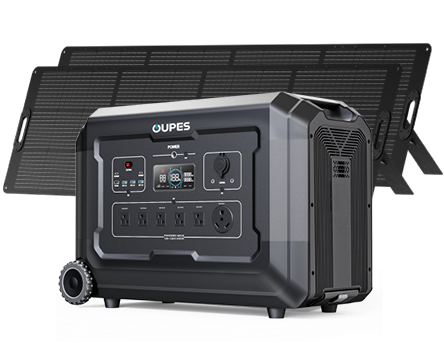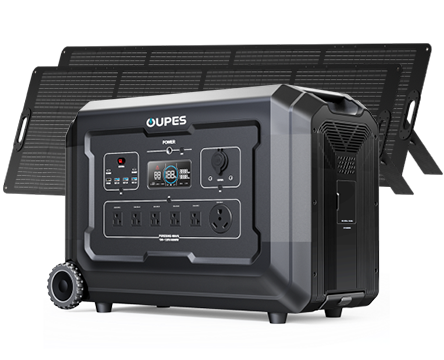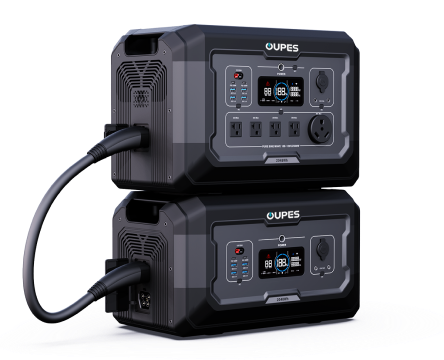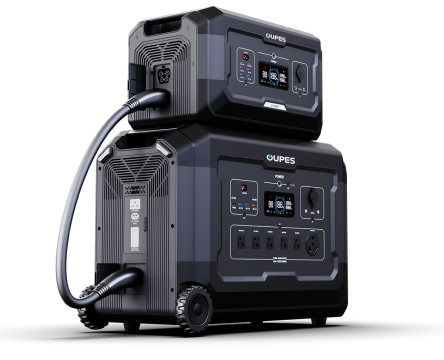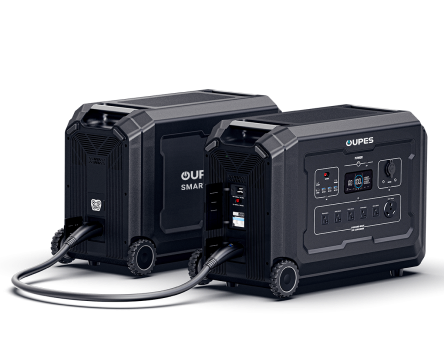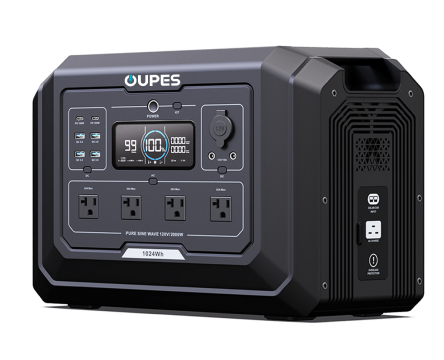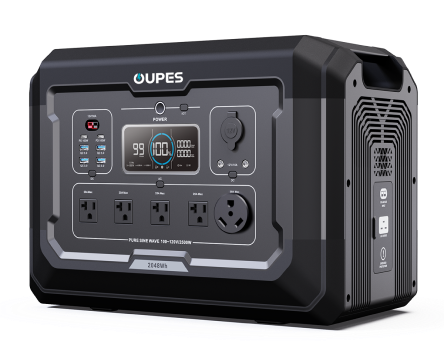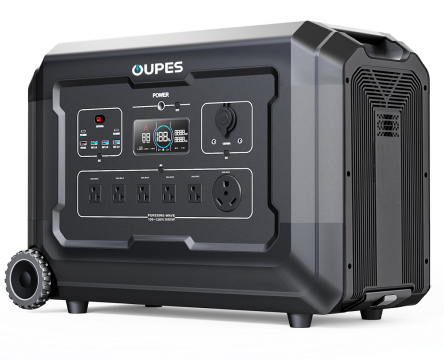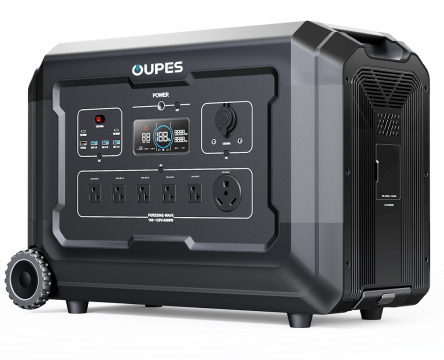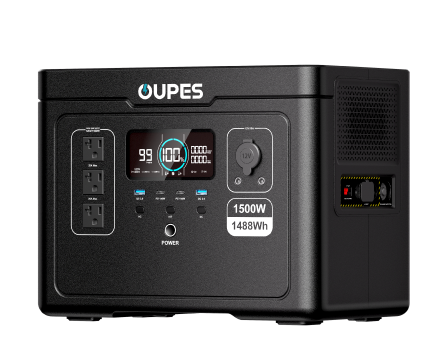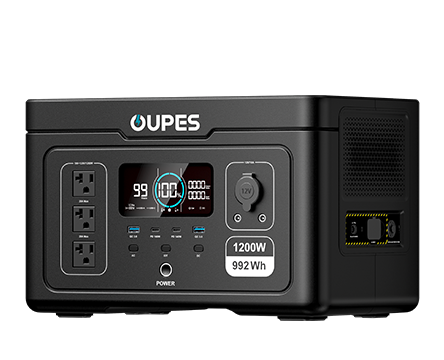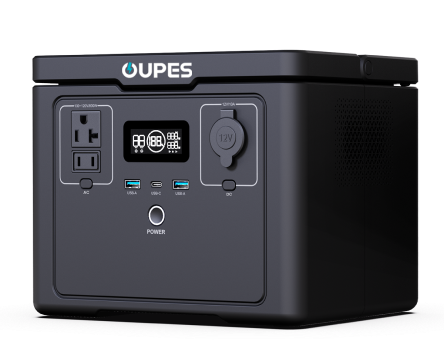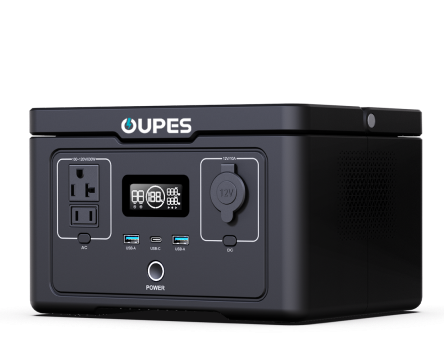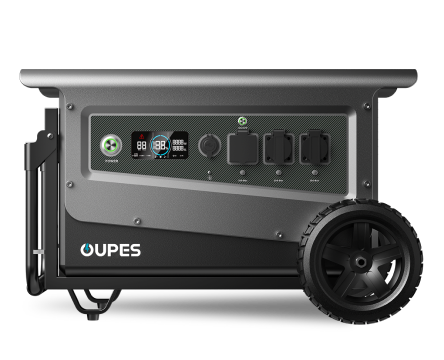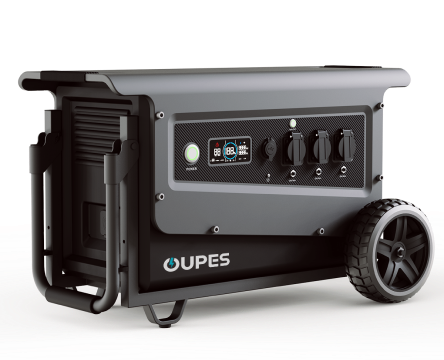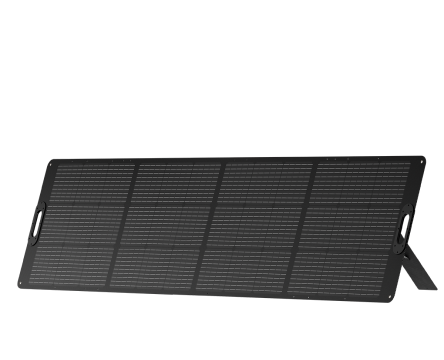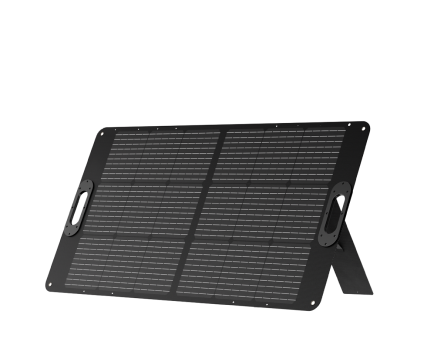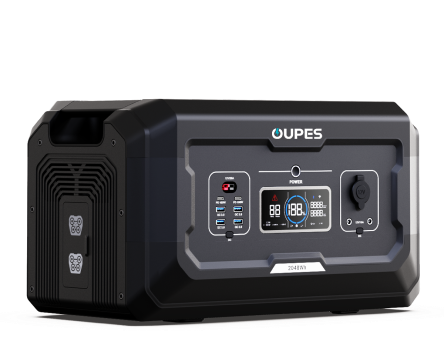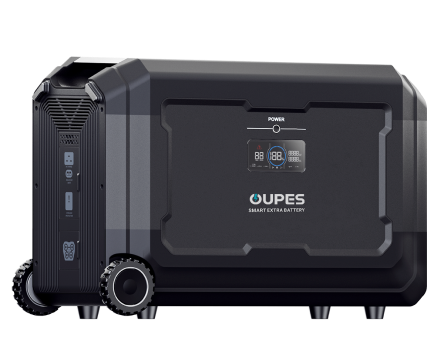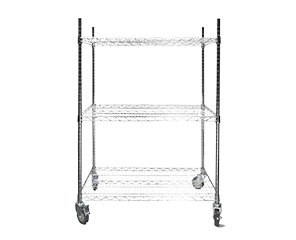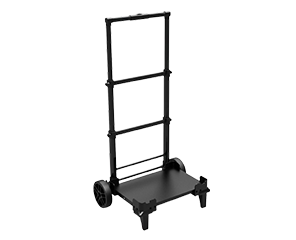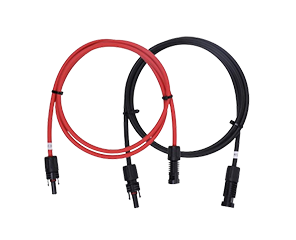
Building your own solar power generator is a rewarding and eco-friendly way to take control of your energy needs. Whether you're preparing for emergencies, living off-grid, or simply looking to reduce your environmental impact, this DIY project is both educational and practical. Follow this step-by-step guide to create a functional solar generator from scratch.
By the end of this tutorial, you’ll not only understand how a solar generator works but also gain the confidence to build one yourself. Let’s get started!
Understanding the Basics of a Solar Power Generator
A solar power generator typically consists of three main components: solar panels, a battery, and an inverter. These work together to capture sunlight, store energy, and convert it into usable electricity for household devices.
Solar Panels
These panels absorb sunlight and convert it into direct current (DC) electricity. The size and efficiency of your panels will determine how much energy you can generate.
Battery
The battery stores the electricity generated by the solar panels. Choosing the right battery capacity ensures your generator meets your energy needs during times when the sun isn’t shining.
Inverter
The inverter converts DC electricity from the battery into alternating current (AC) electricity, which is used by most home appliances.
Choosing the Right Components for Your Solar Generator
Selecting the appropriate components is key to building a reliable solar power generator. Here’s what to consider:
Solar Panels
The number of panels depends on your power needs. Smaller systems may only require one or two panels, while larger setups might need five or more.
Battery
Batteries are rated in watt-hours (Wh) or amp-hours (Ah). Lithium-ion batteries are often preferred for their efficiency, lightweight design, and long life.
Inverter
Choose an inverter with a wattage rating that matches or slightly exceeds the total wattage of the devices you intend to power.
Step-by-Step Instructions to Build Your Solar Power Generator
Step 1: Gather Your Materials
You’ll need the following:
- 1–5 solar panels
- Charge controller
- Battery (lithium-ion or lead-acid)
- Inverter
- Battery enclosure
- Wires and connectors
- Mounting hardware
- Fuses and circuit breakers
Step 2: Set Up the Solar Panels
Mount the panels in a sunny location with minimal shading. Secure them using appropriate brackets and connect them in series or parallel, based on your setup needs.
Step 3: Install the Charge Controller
Connect the charge controller between the solar panels and the battery. It regulates voltage to prevent overcharging and maintains battery health.
Step 4: Set Up the Battery
Place the battery in a well-ventilated, secure enclosure. Connect it to the charge controller, ensuring all wiring is properly insulated and safely installed.
Step 5: Connect the Inverter
Attach the inverter to the battery terminals, then connect the inverter's output to your devices. Use safety fuses or breakers as needed.
Step 6: Test Your Solar Power Generator
Power on the system and check the inverter’s output. Test it by running a small appliance to ensure everything is functioning correctly.
Maintenance and Troubleshooting Tips
Clean the Solar Panels
Keep your panels clean to maintain efficiency. Use a soft cloth and gentle detergent, avoiding abrasive materials.
Monitor Battery Health
Check battery performance regularly. If it holds less charge over time, consider replacing it. Lithium-ion batteries typically last longer than lead-acid ones.
Check the Inverter
Ensure the inverter is not overheating and its ventilation is clear. Monitor output regularly to catch any irregularities early.
Conclusion
Creating your own solar power generator is a fulfilling project that promotes self-reliance and environmental responsibility. With the right components and a bit of effort, you can build a system that provides reliable, renewable energy. Brands like OUPES also offer pre-built systems for those looking for a plug-and-play option, but a DIY setup gives you full control over customization and cost.
With proper care and maintenance, your solar generator will serve you for years to come, making it a smart investment for your home and the planet.


